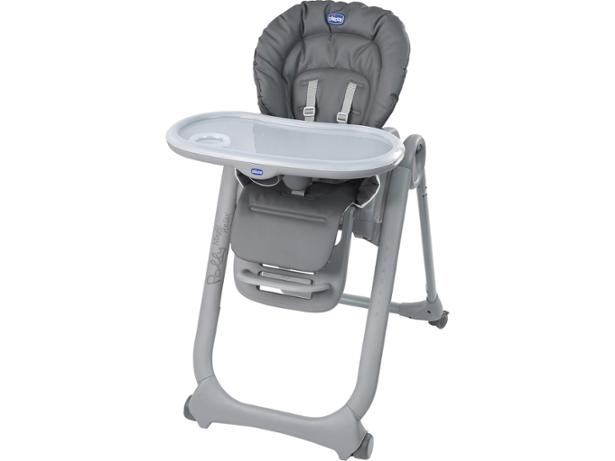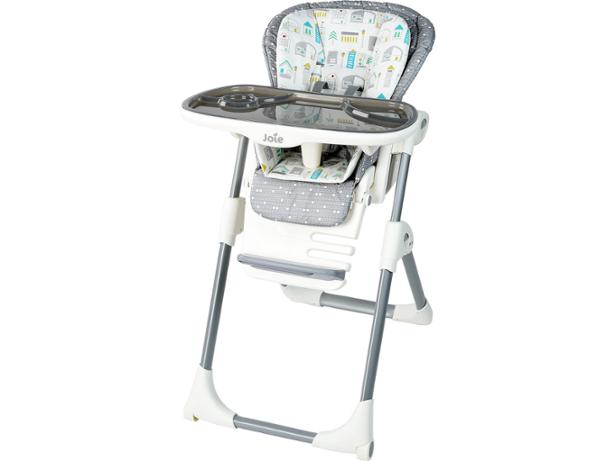Which? Don't Buy high chairs

Don't put your baby's safety at risk or waste your money on a terrible high chair. A Don't Buy high chair won't stand up to getting grubby during daily meals and becoming a haven for squashed carrots.
Or, it will fail to give your baby the ergonomic support and comfort he or she needs to stop them getting wriggly and fidgety while you feed them. It may even be a safety risk if it's rickety, or it's got areas where you or your child could trap their fingers.
Our tough lab tests uncover those high chairs which may let you down and highlight the high chairs you should avoid.
Join Which? to find out which high chairs we've named as Don't Buys.
What makes a Don't Buy high chair?
We've seen high chairs that are rickety, uncomfortable or just plain impossible to assemble or fold and unfold. But the worst high chairs, and the ones that are Don't Buys often have safety problems.
We carry out safety and durability checks to ensure the high chairs meet the latest British Standard (EN 14988:2017). This covers a range of areas including construction, strength and durability, harness safety, stability, impact tests, tray drop tests and footrest tests.
Typical problems we've encountered include choking hazards from loose parts or padding, finger entrapment risks, broken trays or footrests, and missing parts needed to restrain your child safely.
Make sure you know what to look for when buying a high chair with our guide on how to buy the best high chair.
How we uncover the best and worst high chairs
We ask parents and their children to test high chairs from the biggest brands, including Stokke, Joie, Chicco and Graco, to ensure they are practical to use and suitable for your lifestyle. We rate how easy each high chair is to assemble, settle your baby into securely, fold and unfold, move, store and adjust, so you can easily compare the pros and cons of different models. Most importantly, we also check safety.
- Our lab experts check the construction of the chair, looking out for any shoddy finishing, sharp edges, finger traps and choking hazards.
- We run tests to check strength and durability on the most important parts of the chair, such as the locking mechanism for folding high chairs, the tray and the harness.
- We use a test dummy to simulate a child and check the stability of a chair by pushing it forward, rearward and sideways to see if it might topple over.
- Feeding trays and footrests are tested for strength and durability. We drop the trays to see if they crack or break, and apply a weight to the footrest to replicate a toddler standing up in the high chair. We've seen some footrests fail at 10kg, which is the weight of a one year old.
Discover more information in our guide to how we test high chairs.

High chair reviews you can trust
If a high chair can't survive our tests, we'll have serious doubts about its ability as a safe and suitable product when you get it home and start using it with your baby or toddler. We do not consider the cost of an item when awarding it a score, as we believe, particularly when it comes to products designed for use by children, that the most important factor is that it does its job, and it does it well.
Which? is independent – we work for you, the consumer, so you can be sure that our product recommendations are influenced only by our test results. We're not influenced by third parties and we don't accept freebies from product manufacturers or retailers. We buy all the products that we test ourselves, so our advice helps you to make the right choice first time and avoid costly mistakes.
Not yet a member? Join Which? and you'll receive access to all of our exclusive online content - including our pushchair reviews and car seat reviews.


